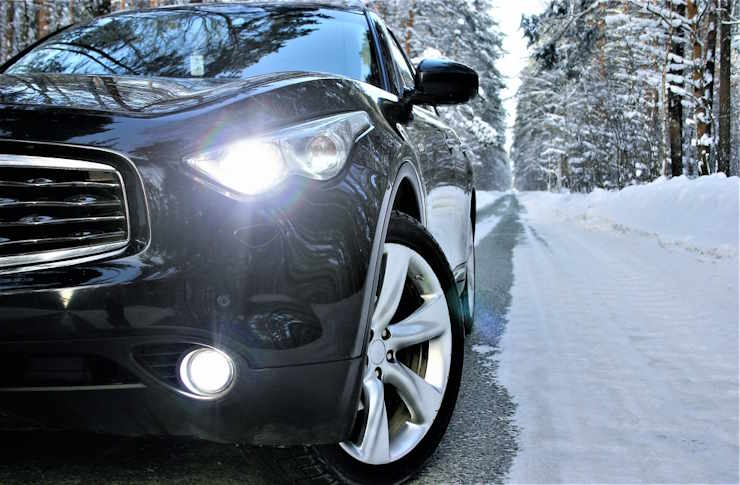Advancing Performance: An In-depth Look at Dual Clutch Transmissions
The automotive world is constantly evolving, with new technologies bringing about profound changes in performance, efficiency, and driving experience. Today, we delve into the fascinating world of Dual Clutch Transmissions (DCTs), a key element empowering modern high-performance cars to deliver an exhilarating drive.

A Historical Perspective on Dual Clutch Transmissions
DCTs, though notably associated with modern performance vehicles, have a history that dates back to the early 20th century. Invented by a Frenchman, Adolphe Kégresse, the DCT was initially used in military applications during the 1930s. However, it was not until the 1980s that Porsche reintroduced the technology in a racing environment, paving the way for its incorporation into consumer vehicles.
Unraveling the Dual Clutch Transmission
At its core, a DCT is essentially two separate manual gearboxes and clutches housed within one unit, controlled by a complex system of sensors and microprocessors. The ‘dual’ in DCT refers to its two separate clutches – one for odd-numbered gears and another for even-numbered gears. This setup allows for seamless gear shifts with virtually no interruption in power flow, enhancing both performance and fuel efficiency.
Current Trends and Applications
The DCT technology has found its way into a variety of vehicles, from luxury sports cars to everyday compact cars, owing to its unique blend of performance and efficiency. Manufacturers like Porsche, Audi, and Volkswagen have adopted DCTs in their high-performance models, while brands like Hyundai and Ford use them in their smaller, more fuel-efficient cars.
The Impact of Dual Clutch Transmissions
DCTs offer a significant advantage in terms of performance and fuel efficiency. They allow for quicker gear changes, enhancing a vehicle’s acceleration capabilities. At the same time, the seamless transition between gears results in a smoother and more comfortable driving experience. However, DCTs also face certain challenges, such as complexity and cost of production.
The Future of Dual Clutch Transmissions
Looking ahead, the future of DCTs appears promising yet challenging. With the rise in popularity of electric and hybrid vehicles, which do not require traditional transmissions, the demand for DCTs may be impacted. However, for those who crave the exhilarating experience of high-performance internal combustion engines, the DCT continues to be an integral component, offering a unique blend of efficiency and performance.
In closing, the Dual Clutch Transmission represents a remarkable piece of automotive engineering, enhancing the driving experience and performance of vehicles across the spectrum. As the automotive landscape continues to evolve, it will be fascinating to see how DCTs adapt and maintain their relevance in a rapidly shifting industry.




